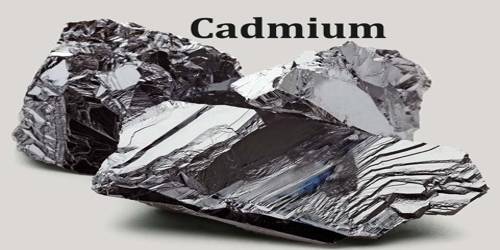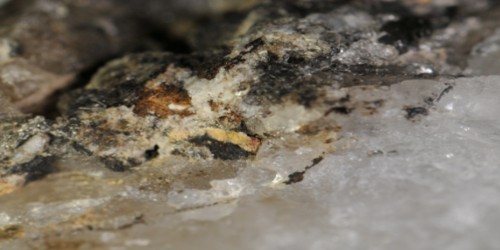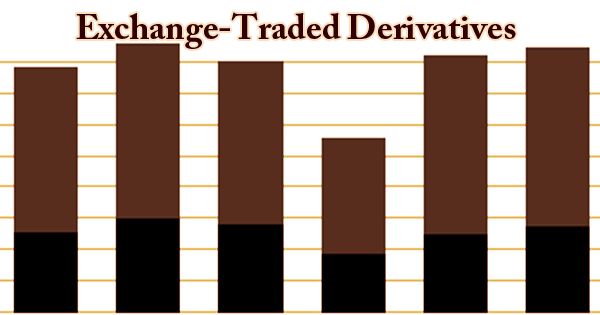Frankdicksonite is a halide mineral with the chemical formula BaF2 which corresponds to the chemical compound barium fluoride. It is an isometric-hexoctahedral colorless mineral containing barium and fluorine.
It was first discovered in 1974 in the Carlin mine, 50km northwest of Elko in Lynn district, Eureka Co. Nevada, USA. It was named after Frank Wilson Dickson, Professor of Geochemistry at Stanford University in California, USA, for his work on low-temperature ore deposits.
General Information
- Category: Halide mineral
- Formula: BaF2
- Crystal system: Isometric
- Crystal class: Hexoctahedral (m3m)
Properties
Frankdicksonite is a transparent colorless mineral, having perfect cleavage, vitreous luster, and a white streak. The mineral has a density of 4.89 and a hardness of 3. has fluorite crystal structure with a cubic symmetry and the lattice constant a = 619.64 pm. Its Vickers hardness on the {111} cleavage crystal faces varies between 88 and 94 kg/mm2 and is close to that of the synthetic barium fluoride (95 kg/mm2).
- Formula mass: 175.32 g/mol
- Color: Colorless
- Crystal habit: Prismatic tabular striated parallel to [001]
- Mohs scale hardness: 2.5
- Luster: Vitreous
- Streak: White
- Diaphaneity: Transparent
- Specific gravity: 4.89
- Optical properties: Isotropic
Occurrence
Frankdicksonite is encased in artz veinlets, cutting a gold deposit in silicified carbonaceous arsenic-rich limestone. It is closely related to quartz. It occurs in the Carlin gold deposit of Eureka County, Nevada as cubic crystals sized between 0.1 and 4 mm, and is of hydrothermal origin. Its only associated mineral is quartz and the frankdicksonite crystals are always completely encapsulated in it.
Frankdicksonite is distributed in Carlin mine, 50km northwest of Elko, Lynn district in Eureka Co. Nevada, USA.
Information Source:
















